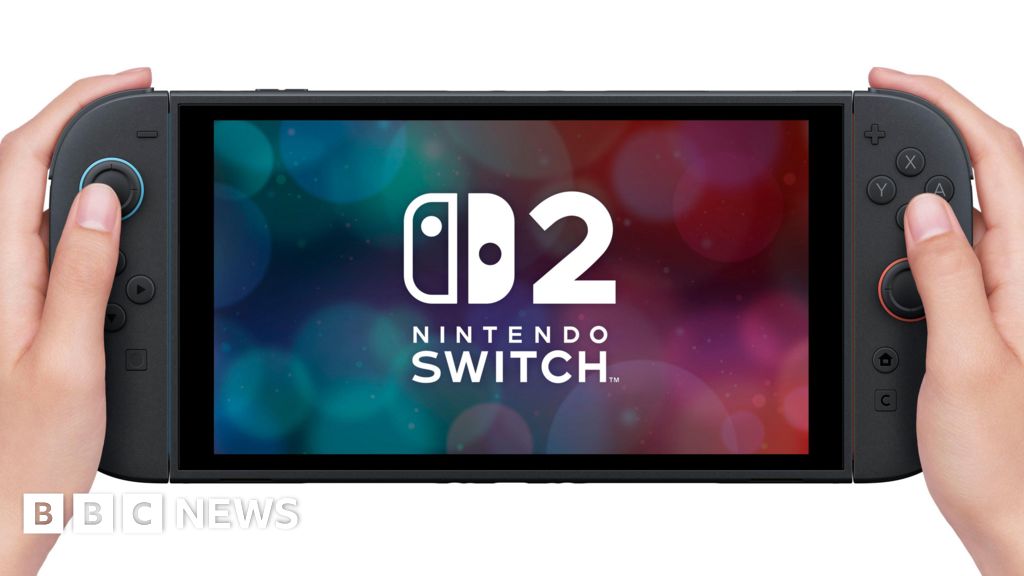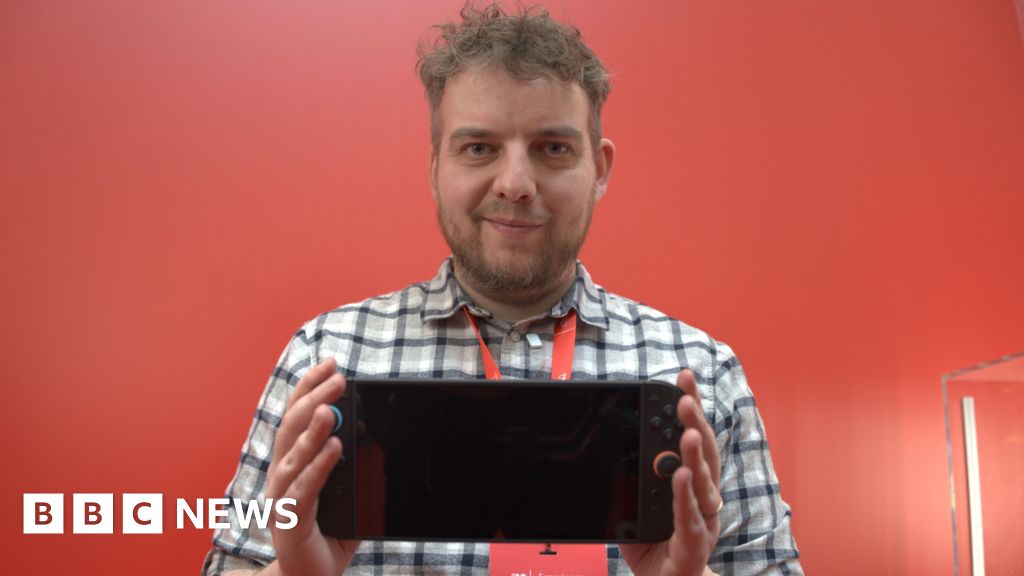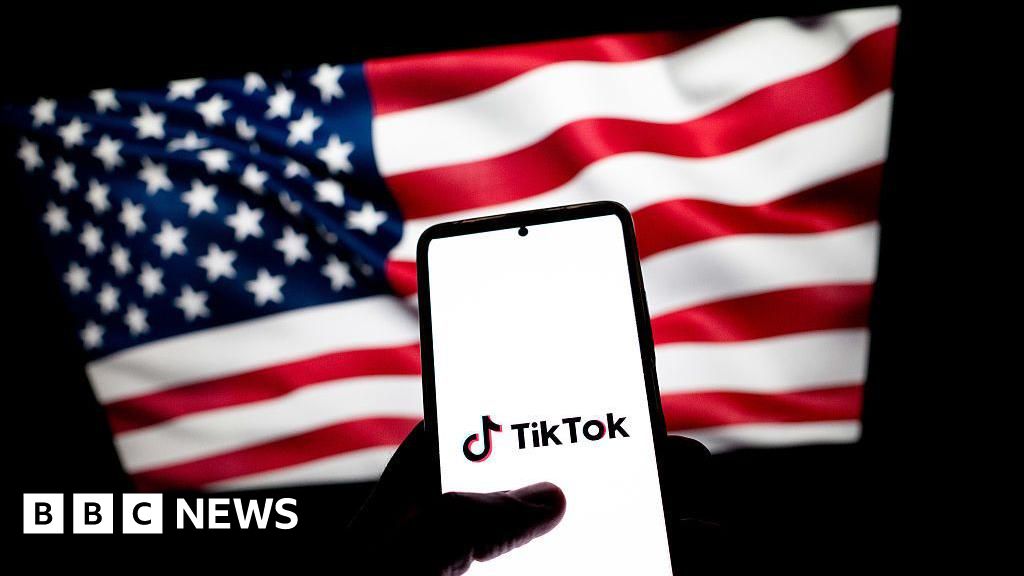ARTICLE AD BOX
By Steffan Powell and Vikki Blake
Newsbeat gaming reporters
Image source, SQUARE ENIX
One of gaming's most celebrated icons, Lara Croft, has just turned 25 years old.
Independent, strong and fearless, Lara Croft forged an unforgettable path through 90s gaming - making the leap from niche character to pop culture superstar and becoming one of the most instantly recognisable characters of all time.
Over the two and a half decades we've known her, Lara has changed considerably - both physically and emotionally.
But regardless of what you thought about her improbable physique back in her early days, Lara's an enduring British gaming icon who is seemingly here to stay.
Making Lara more relatable
"She was iconic from the jump because we hadn't seen a lot of female heroes in video games," explains Dallas Dickinson, who works at Crystal Dynamics as the franchise executive producer for Tomb Raider.
Image source, SQUARE ENIX
Image caption,The Tomb Raider franchise has sold more than 85 million copies across 20 titles
"She happened to be right there at the forefront of when 3D graphics came in," he says.
"It was like: holy cow - you can do this, a fully realised character!"
The original movies - starring Angelina Jolie - propelled Lara into greater public consciousness. But Dallas thinks it's the series' latter efforts to create an "origin" story for Croft that has made her so much more accessible to so many more people.
The franchise's latest three games - Tomb Raider, Rise of the Tomb Raider, and Shadow of the Tomb Raider, released in 2013, 2015, and 2018 respectively - explore the adventures of a younger, less experienced Lara.
"What was done with the 2013 Tomb Raider game was really meaningful," Dallas explains. "It gave her a little bit more of this grounded, more relatable sense to her.
"The superhero version may not have been as accessible to certain people and so when she became more real - with that persistence at her core - I think she resonated with an entirely new generation of gamers."
Image source, SQUARE ENIX
Image caption,Concept art of Lara Croft from 1996
Originally developed by Core Design and published by Eidos, the original games released in the 1990s made Lara Croft a household name across the world.
Across the 25 years, the Tomb Raider games alone have sold over 85 million copies worldwide.
Cool acrobatics
The consequence of that, however, is having to satisfy two or three generations of fans, each of which has "grown-up" with a slightly different kind of Lara Croft.
So how does Crystal Dynamics - the series' current caretaker and developer - balance the wishes of new fans with those that have been supporting Lara since the beginning?
"That is the challenge," Dallas says. "The mantra that we have is that all of Lara's stories are true.
"In the timeline of Lara's life, the 'Survivor Series' - which is what we loosely refer to as the last three games - is sort of this origin story period, which her previous adventures had not touched on as much.
Image source, SQUARE ENIX
Image caption,The original games, released in the 1990s, were inspired by Indiana Jones
"She was becoming the Tomb Raider during those three games."
Dallas says the stories that predate the "Survivor Series" are just as relevant - they just portray a Lara Croft who is much more confident and mature.
Or as he puts it, this is a Lara who will, on a whim, "just do some cool acrobatics - you know, just for flair".
'Lara is a pioneer'
But that means honouring the "full journey" of Lara's character - from her powerful portrayal in the early games to the younger Lara we've played more recently.
"We do see it as a progression - a progression that was told in a different order," Dallas says.
Image source, SQUARE ENIX
Image caption,The latest iterations of Lara Croft have sought to modernise the character
"We started with a series of stories that were about this heroic era.
"But going back to the origins doesn't actually disrupt those things - it doesn't actually dishonour or say that they're not true."
The important thing for Crystal Dynamics is ensuring Lara Croft's pioneering legacy is not lost.
Croft was one of gaming's very first leading ladies and her creators, Core Design, fought against a virtual glass ceiling to bring her to digital life.
25 years on, while the characters we play in video games are more diverse than ever, there's still a long way to go before there is true equality when it comes to gaming's lead characters.
"There are lots and lots of people whose stories have not been told. There are lots and lots of ways that representation - although it has grown - can continue to grow," Dallas says.
Image source, SQUARE ENIX
Image caption,Lara Croft could return to consoles in the future
"But we're very happy and very proud of the contributions Lara and Tomb Raider have made to that."
As for what's next for Lara? Dallas is keeping tight-lipped about specifics but teases there may be projects underway.
"We don't have a timeline that we've committed to - we haven't really talked about any details of what the next games might contain.
"But it would be foolish to think that we're doing all of this work to unify the timelines without future products in mind…"

 3 years ago
47
3 years ago
47








 English (US) ·
English (US) ·